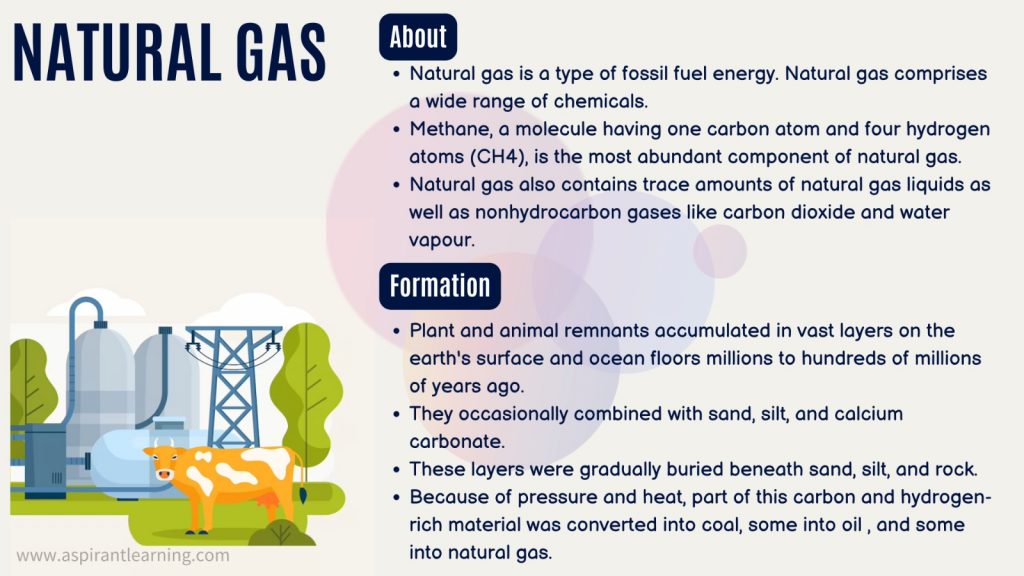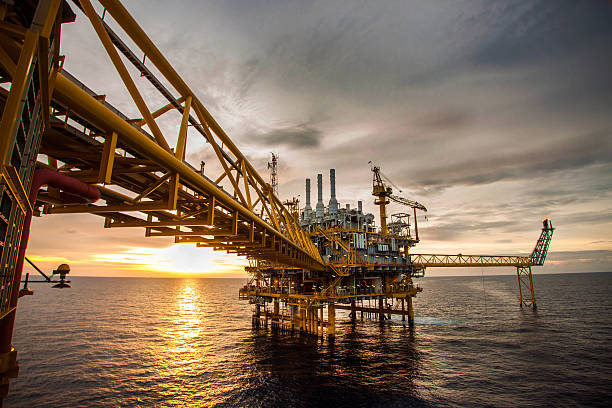News Highlight
PNGRB amends regulation to allow unified tariffs for natural gas pipelines.
Key Takeaway
- The downstream regulator of the Petroleum and Natural Gas Regulatory Board (PNGRB) announced it had amended the PNGRB regulations.
- It is to incorporate provisions for Unified Tariff for natural gas pipelines with a mission of “One Nation, One Grid and One tariff”.
- Based on the new regulations, PNGRB has notified a levelized Unified Tariff f Rs 73.93/MMBTU and created three tariff zones for Unified Tariff.
- The first zone is up to 300 km from the gas source, the second zone is 300 – 1200 km, and the third zone is beyond 1200 km.
- The Zonal unified tariffs will be effective from 1st April 2023.
Unified Tariff
- About
- PNGRB has notified a levelized Unified Tariff of Rs 73.93/MMBTU and designated three tariff zones for Unified Tariff based on the new regulations.
- The pricing would be divided into three zones, with tariffs of Rs 39.45/ MMBtu, Rs 74.97/ MMBtu, and Rs 99.90/ MMBtu, respectively.
- The first zone is up to a distance of 300 km from the gas source.
- The second zone is 300 – 1200 km.
- The Third zone is beyond 1200 km.
- Significance
- The revision will mostly assist consumers in remote locations where the additional tariff is already in effect.
- It enables the growth of gas markets and the government’s objective of increasing gas utilisation in the country.
- The Unified Tariff is projected to aid in realising the ‘One Nation, One Grid, One Tariff’ paradigm and boost gas markets in remote locations.
Petroleum and Natural Gas Regulatory Board (PNGRB)
- About
- The PNGRB is a statutory body established in 2006 by the Petroleum and Natural Gas Regulatory Board Act.
- Objective
- To protect the interests of consumers and entities involved in specified petroleum, petroleum products, and natural gas activities.
- And to promote competitive markets and matters related to or incidental to these activities.
- Nodal Ministry
- Ministry of Petroleum and Natural Gas.
Current Gas Pricing in India
- There are several pricing regimes for natural gas deliveries in the country.
- This can be categorised into three categories:
- Administrative Price Mechanism (APM) Gas
- Non-APM Gas
- LNG
- Furthermore, different industries have varied prices.
- Subsidised sectors like power and fertiliser have lower pricing than other sectors.
- In addition, region-specific pricing exists in the country, with North Eastern states receiving petrol at lower costs than the rest.
- Currently, the Petroleum and Natural Gas Regulatory Board (PNGRB) sets separate tariffs for each pipeline for gas transmission.
- It is based on assumptions about the volume of gas transported by the pipeline and its working life to provide the operator with an 18% pre-tax return.
- Tariffs for pipeline usage are separated into 300km zones, with tariffs increasing as one travels further from the injection site.
- Furthermore, the transport tariff will rise if a buyer requires additional pipelines from the same operator.
- These tariffs raise the cost of gas for buyers who live further distant from the location of natural gas injection.
- ]Because all of India’s imported natural gas comes from ports on the west coast, the costs for customers rise as they move east.
One Nation, One Gas Grid
- About
- For planning and operational purposes, the Indian Power system is organised into five regional grids.
- The merging of several regional systems is called One Nation, One Gas Grid.
- Thus, a National Grid is being established to provide energy produced by natural gas to various stakeholders such as;
- The central government
- State governments,
- Public sectors
- Private sectors.
Objective and Need of One Nation & One Gas Grid
- Meeting the targets
- The Indian government’s programme will help it attain its aim of 15% natural gas in its energy basket mix by 2030.
- It is currently 6.2-6.5%, compared to the global average of 23-24%.
- Connecting the nation
- With one nation and one gas grid, natural gas energy will be distributed to the entire country from a single source.
- Improving regional imbalance
- It will assist in improving the regional imbalance of gas availability, as natural gas is now only available in a few areas of the country.
- India as a gas-based economy
- One nation, one gas grid that will enable India to emerge as a gas-based economy.
- It will not only promote economic growth but will also promote a clean environment.
- Cleaner environment
- Natural gas can be a blessing when conventional sources are dwindling, and mining is extended to larger depths and areas
- It reduces deforestation and desertification.
- Reduce import dependency
- Natural gas import dependency in India has reached 53%.
- The government is pursuing steps to diversify India’s energy mix to reduce this high percentage.

Conclusion
- Massive efforts are being made to achieve clean, inexpensive, and sustainable energy.
- However, there will be infrastructural and other potential issues in the future.
- They can be addressed to alleviate energy poverty in the future while also assuring citizens’ energy security.
Pic Courtesy: Capitalmarket
Content Source: Economic Times



